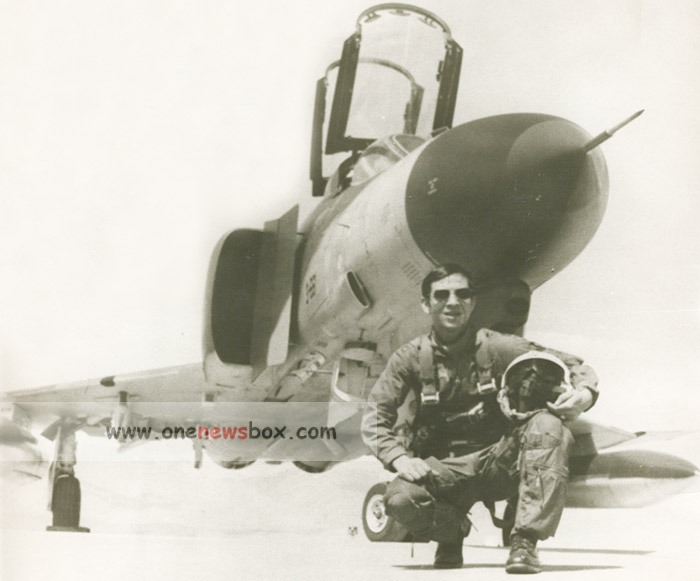After the successful liberation of most Iranian areas captured by the Iraqis in the first half of 1982, the situation of the IRIAF changed completely. From an air arm that was offensive by nature, it was largely relegated to air defense and relatively infrequent bombing attacks against targets of industrial and military significance inside Iraq. Simultaneously, the IRIAF had to learn how to maintain and keep operational its large fleet of U.S.-built aircraft and helicopters without outside help, due to American sanctions. Relying primarily on antiquated equipment purchased from the US in the 1970s, the began establishing their own aerospace industry.
Air Forces are equipped with bombers and missile systems capable of precise strikes against enemy targets. These operations can cripple enemy infrastructure, supply lines, and communication networks. Modern air forces rely heavily on aerial reconnaissance to gather intelligence. Drones, satellites, and high-altitude aircraft provide real-time information, helping commanders make informed decisions. Beyond combat, the Air Force is vital for moving troops, equipment, and humanitarian aid quickly across vast distances. Airlift capabilities ensure that ground and naval forces are well-supplied during operations.

